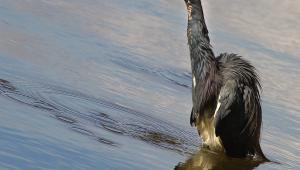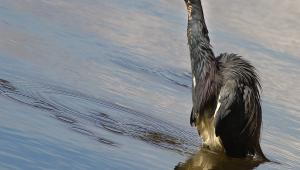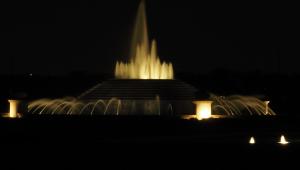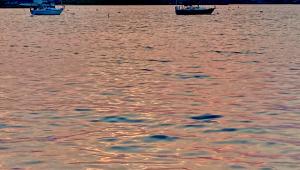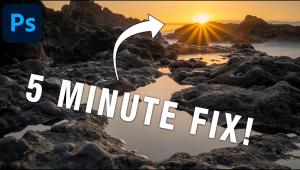The Right Track
A Guide To Depth Of Field
Aside from the intricacies
of exposure and light metering, photo enthusiasts generally find depth
of field the most difficult concept to master. That's understandable
particularly since this is a hypothetical factor based on subjective
judgment. Granted, some do develop an intimate appreciation of the technical
aspects, while others memorize them for night school courses when required
to do so, but many ignore them almost entirely or absorb only the bare
necessities. I must admit that depth of field seemed like an abstract
theory at first, when lectures on "circles of confusion"
pretty well described my reaction to the entire issue. |
|||
·Select The "Right"
Aperture. Aperture size is the primary factor that influences
depth of field. In a nutshell, apertures of small diameter (denoted by
large f/numbers) such as at f/16 or f/22 produce an extensive range of
sharp focus. Foreground and background elements can appear reasonably
sharp. Conversely, wide apertures (small f/numbers) such as at f/2.8 or
f/4 produce shallow DOF. Much less of the foreground and background appears
acceptably sharp. |
|||
·Switch To A
Longer Or Shorter Focal Length. Anyone who has used a 28mm and
a 300mm focal length will have noticed that wide angle pictures usually
have extensive depth of field. Conversely, those made with telephotos
generally have a very narrow DOF. This typically leads to a simple conclusion,
which is also published in some magazine articles: "The longer the
focal length, the less depth of field at any given aperture setting. If
you want greater depth of field, use a shorter focal length." |
|||
·Vary The Focal
Length From The Same Position. To be fair, telephotos do reduce
DOF, while wide angle lenses expand it--but only when you shoot from exactly
the same distance to the subject. It is actually image size which affects
DOF, regardless of the lens. Whether you fill the frame with a telephoto
from a distance or simply walk closer to the subject with a shorter lens,
DOF will be shallower. |
|||
·Focus On Infinity
Only Rarely. Considering the information in the previous sections,
why would you ever focus on infinity? Well, I very rarely do so with land
or cityscapes, because: A) any foreground elements would be blurred (distracting)
and such secondary subjects are often important--adding a three-dimensional
effect to a two-dimensional photo, and B) most of the DOF would fall behind
infinity, providing no real value, "wasting" depth of field.
|









